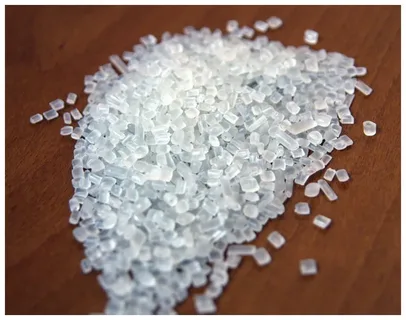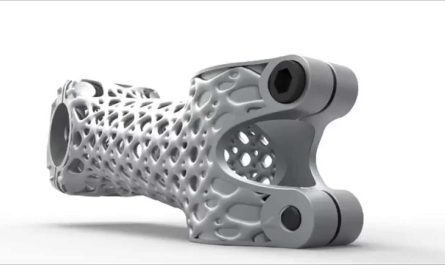Methyl Methacrylate: Properties, Uses and Potential Hazards
Introduction
Methyl methacrylate, commonly referred to as MMA, is an organic compound that is mainly used in the manufacturing of polymethyl methacrylate (PMMA), which is a transparent thermoplastic commonly known as acrylic glass. In this article, we will discuss the key properties of MMA, examine its widespread industrial applications as well as explore some potential hazards associated with its production and usage.
Chemical and Physical Properties of Methyl Methacrylate
MMA is a colorless volatile liquid that is slightly denser than water with a density of 0.94 g/cm3. Its molecular formula is C5H8O2 and it has a boiling point of 100.5°C. MMA has a characteristic irritating odor reminiscent of acrylic nails or glues. It is soluble in many organic solvents such as acetone, ethanol and ether but is non-soluble in water.
MMA polymerizes readily, both through exposure to heat and when exposed to peroxides or other initiators at room temperature. The double bond in its structure makes it highly reactive. During polymerization, MMA molecules link up in long chains to form the plastic polymer known as PMMA. The properties of MMA include high reactivity, volatility, flammability and potential for explosion under certain conditions.
Industrial Applications of Methyl Methacrylate
Due to its ability to polymerize easily into strong, transparent plastics, MMA finds a wide array of industrial applications. Some key uses of MMA are:
– Manufacture of PMMA sheets, also known by brand names such as Plexiglas and Acrylite. PMMA sheets formed have applications in signage, glazing, sanitary-ware and furnishing.
– Production of PMMA casting/moulding resins used to manufacture various industrial and consumer products through mould casting techniques. Common products include bathroom fittings, automobile components, lenses and lighting equipment enclosures.
– As a reactive monomer in the fabrication of polymethyl methacrylate concrete (PMMA concrete) which has advantages over traditional concrete such as transparency, UV resistance and superior tensile strength.
– Used as a raw material for production of synthetic latexes that are employed as binders and modifiers in coatings, adhesives, sealants and more.
– Enters as a monomer/intermediate in the chemical synthesis routes of numerous other industrially important polymers and resins.



